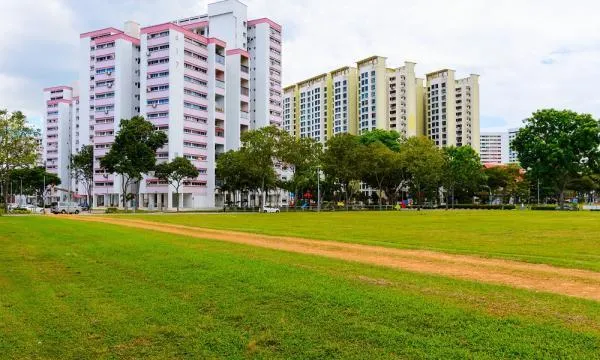
Singapore residential lettings down 18.4% to 19,506 in Q2
Island-wide rents were also down 1.2% QoQ, led by the landed segment.
Savills notes that Singapore implemented a Circuit Breaker (CB) from April 7th to June 1st to slow the spread of COVID-19. During the CB period, people were prevented from any physical viewing of houses. At the same time, foreigners, such as expatriates and their families and international students, who were on route to Singapore could not enter the country because of the strict border controls. These factors together caused a plunge in the number of leasing transactions in the private residential market in the second quarter of 2020.
Here’s more from Savills:
According to the URA’s statistics, a total of 19,506 leases for private residential properties started island-wide in Q2/2020. This was 10.0% lower than Q1’s 21,685 and, on a YoY basis, represented a sharp fall of 18.4% from the 23,919 recorded previously.
For the non-landed property segment, the quarterly decline in leasing volumes was highest at 14.5% in the Core Central Region (CCR), followed by 9.9% in the Rest of Central Region (RCR) and 7.5% in the Outside Central Region (OCR). Leasing activity for landed houses also fell, albeit at a slower rate of 5.8% QoQ.

RENTS
In line with falling leasing volumes, rents for private residential properties island-wide were down 1.2% QoQ in Q2/2020, in contrast to the 1.1% increase recorded in the preceding quarter. According to the URA’s statistics, the decline was led by the landed segment which fell 2.3% QoQ. For the non-landed segment, rents dipped by 1.1% from a quarter ago. By locality, the RCR posted the highest quarterly drop of 1.9%, followed by the OCR and CCR, which slipped by 0.9% QoQ and 0.6% QoQ respectively.
Similarly, the rental market for luxury homes started to show signs of decline, with the monthly rents of high-end condominiums and private apartments tracked by Savills edging down by 0.4% QoQ to S$4.17 per sq ft in Q2/2020.
Overall, Q2’s rental declines were marginal across the board. Although weaker demand has put downward pressures on rents, not all landlords, especially those who own high-end properties, are under heavy pressure to lease their units at heavily discounted rents. In some cases, their units have achieved slightly higher rents on renewal.
The CB measures implemented for the months of April and May and the subsequent safe management guidelines which followed have made it either impossible (for April and May) or difficult (from June 2nd) for tenants to physically view properties offered for lease. Meanwhile, some tenants accepted higher rents on renewal in order to avoid the inconvenience of exploring alternatives and relocating during this difficult period.
STOCK AND VACANCY
In Singapore, thousands of foreign workers in the construction industry have contracted COVID-19. To combat the spread, all construction work has been halted as part of the government’s CB measures since April 7th. This has caused serious disruptions to the pace of construction work with months of delays expected for almost all public and private residential projects.
The situation could not be resolved even after the CB was lifted in June, as the construction industry continues to face grim challenges, such as a man power crunch, supply chain disruption and safe distancing measures on the construction sites.
Consequently, the market saw a mere 86 private housing units completed in the second quarter of 2020. Together with pipeline supply of 1,459 units for the remaining two quarters of this year, only 1,545 units are expected to receive their Temporary Occupation Permits from April to December. This is a sharp change in completion numbers because in Q1/2020, prior to the lockdown, the URA’s statistics showed 4,506 units.
On a brighter note for landlords, the limited number of new completions has helped to offset the impact of weaker leasing demand. Coupled with some withdrawals of existing stock, the island-wide vacancy rate for private residential properties remained flat at 5.4% at the end of June.
OUTLOOK
According to the Ministry of Trade and Industry (MTI) on August 11th, Singapore’s economy in the second quarter of 2020 contracted by 13.2% from a year ago. This was worse than the advance estimate of -12.6% released in July. In tandem with the sharp economic contraction, Singapore’s labour market also faced a far more extensive impact from COVID-19 than was first anticipated. Based on preliminary estimates, the overall unemployment rate rose further to 2.9% in June, while total employment (excluding foreign domestic workers) contracted by a record 121,800 in the second quarter.
Against this backdrop, the economy, which is already in a technical recession, is set to shrink by 5.0% to 7.0% in 2020. The gloomy economic prognosis is also bad news for the jobs market. According to the latest survey by ManpowerGroup, amid the uncertainties caused by COVID-19, the hiring outlook among Singapore employers for Q3/2020 was at its weakest since 2009.
Most employers are putting on hold non-critical hiring and focusing on streamlining their current headcounts instead. Therefore, although leasing transactions showed some pick-up in June after Singapore entered re-opening, increasing retrenchments and an absence of an easing of travel restrictions and border controls have created more uncertainties for the leasing market in the short to medium term.
In the immediate term, we expect higher end apartments to be under less pressure than entry level private room leasing. This pandemic has laid bare the reality that companies now cannot take on additional staff who are not carrying their own cost.
Consequently, when retrenchments happen, they will affect both locals and foreigners, especially junior to mid-level appointments. For foreigners, the profile of people being laid off are those who had a modest rental budget to begin with. Therefore, housing types affected by redundancies range from single room lettings to co-living schemes. For the former, some have already seen rates decline 10-15% from late-March to August.
Given the uncertainties we are facing on all fronts, it is difficult to see beyond the near term. For the short term, the luxury end of the market is holding up well since tenants are in senior management positions and hitherto insulated from job cuts. Also, well-heeled landlords have the financial resources to prevent the rental pendulum from swinging too far towards low ball offers. It is at entry level that we see a tenants’ market emerging.
Although there is an air of great uncertainty, it is not all gloom. The key is to understand how the rental market landscape may change beyond the next three months. In a world where the new US-China cold war plays out against a backdrop where COVID may become a permanent feature, new growth industries, many in the new economy, should emerge while traditional corporate structures will evolve. Some segments of the private residential rental market should benefit from this new epoch.
With pay cuts and the emergence of the budget conscious tech worker, activity is increasing in the S$2,000 to S$2,500 rental range. Demand is compressing into this segment from tenants who are downgrading to economize on their accommodation costs and permanent residents upgrading from renting public flats. Once border restrictions are further relaxed, we expect to see more demand for this rental range from an influx of mid-end tech workers who are mostly singles. At present, what these tenants can get in the central and fringe locations from this monthly budget are either studios or one-bedroom units.
For now, it seems that construction delays will help to support rents by severely crimping new supply over the next six to 12 months, and because of this our forecast of rental declines this year and next is actually quite muted.

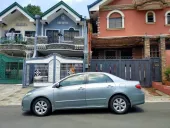




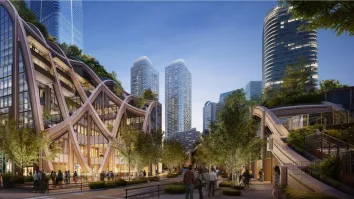







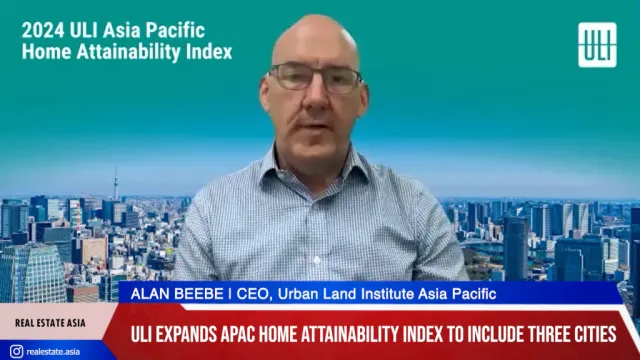

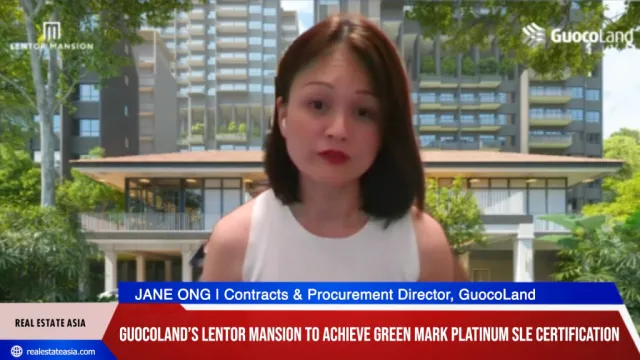
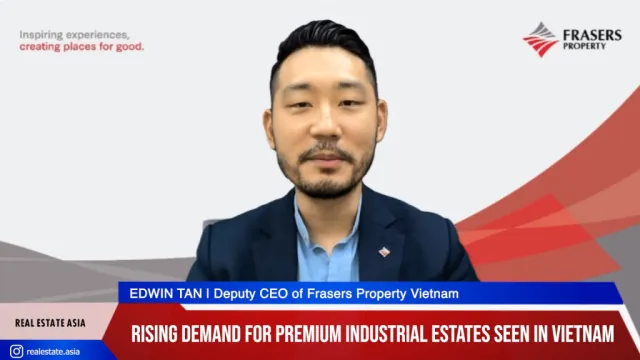

 Advertise
Advertise






